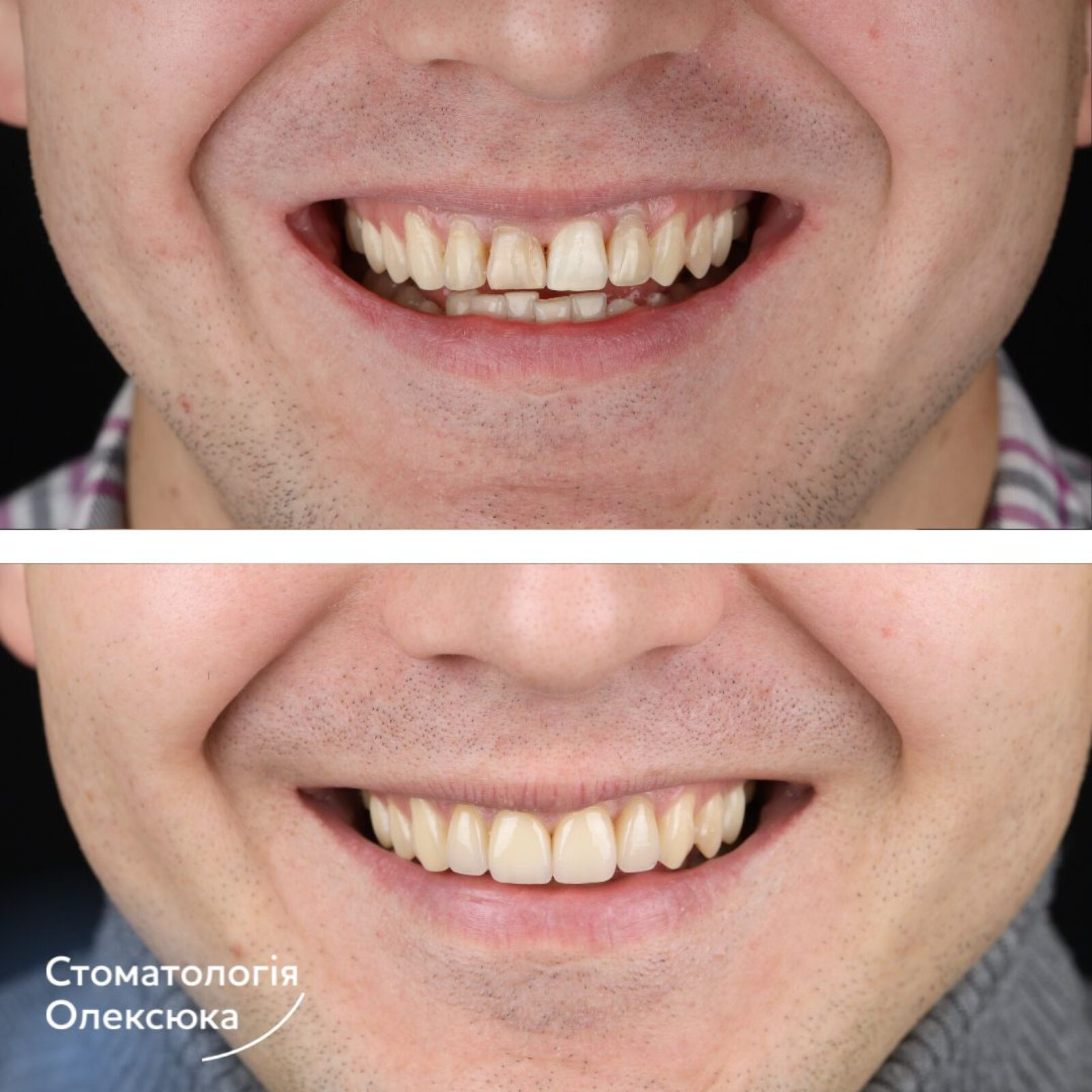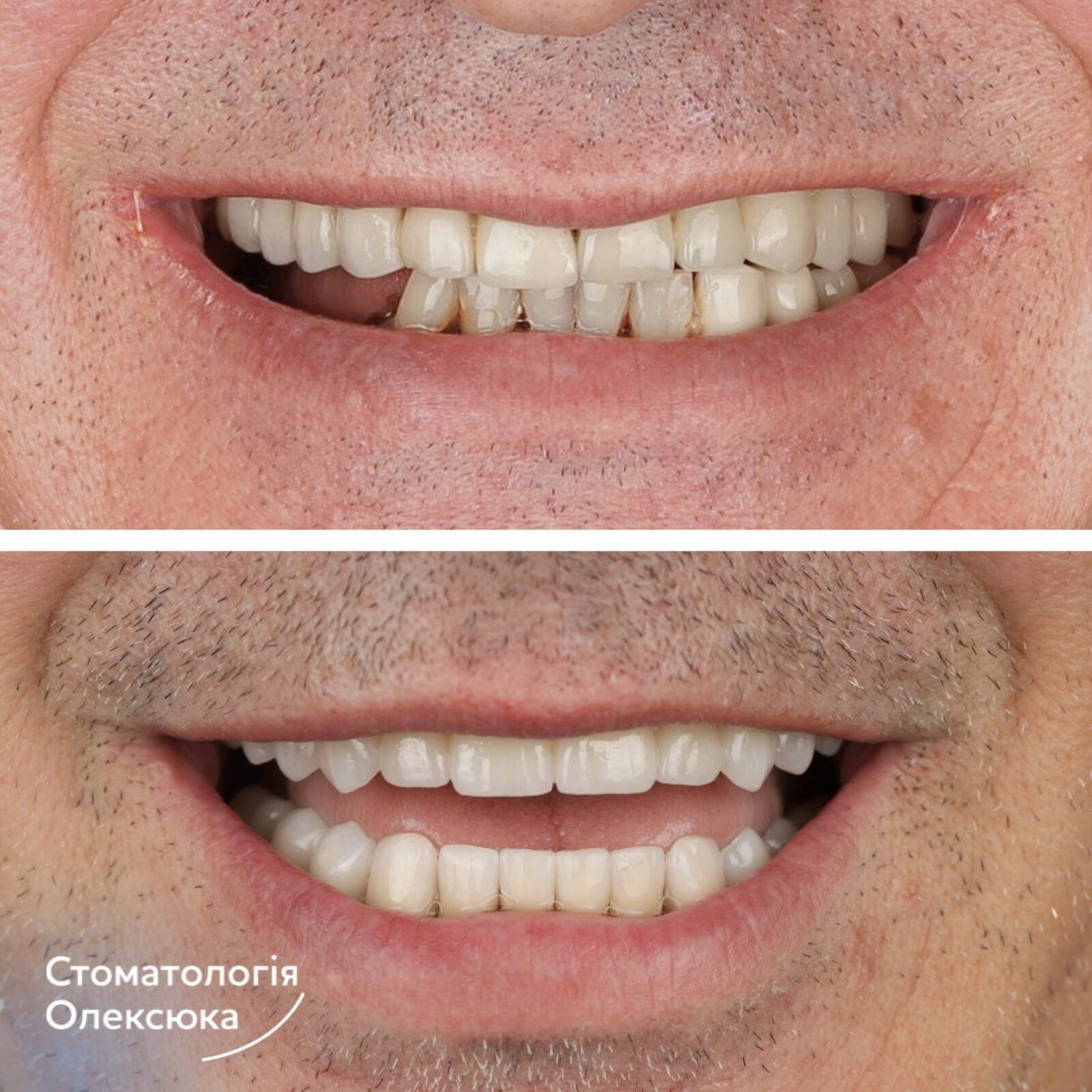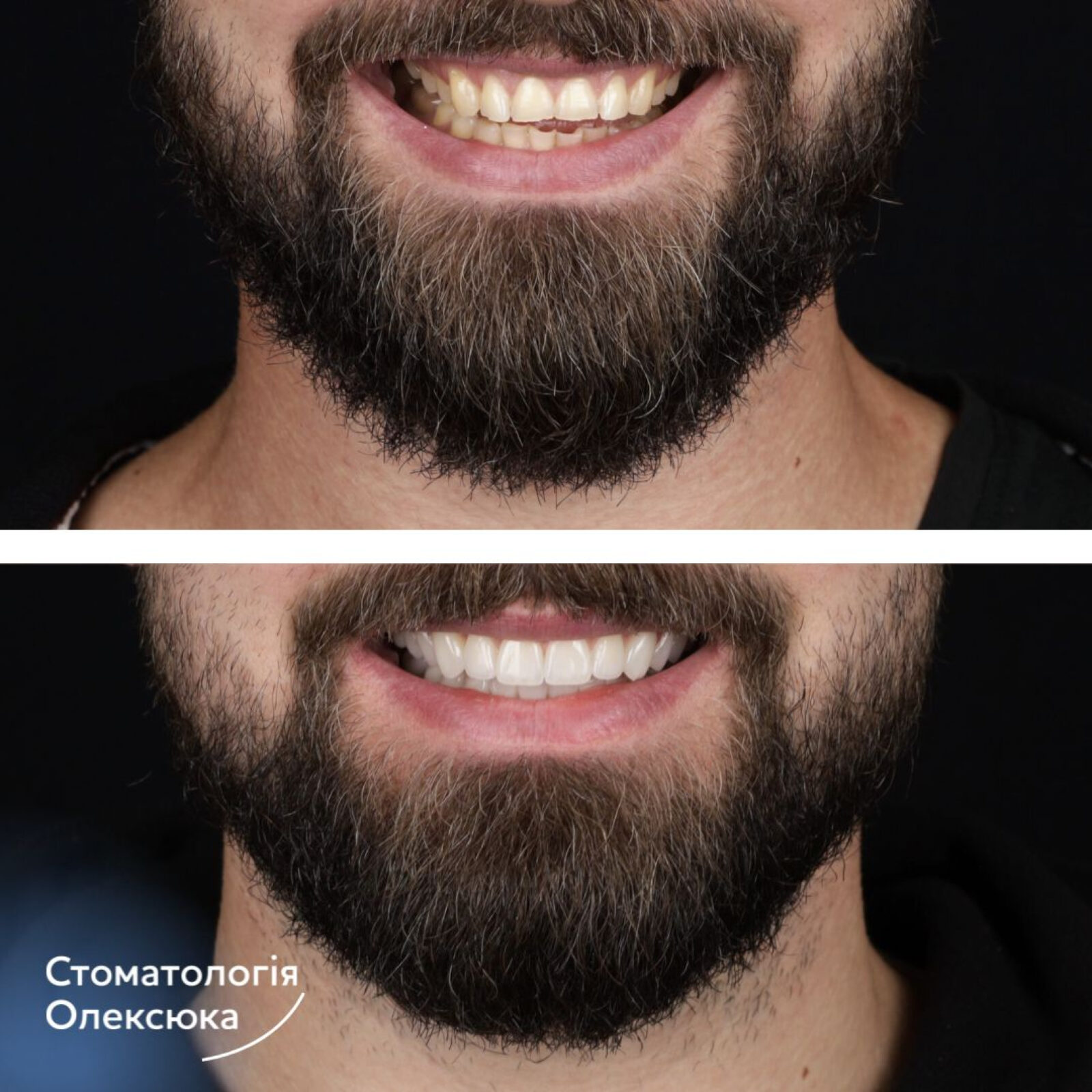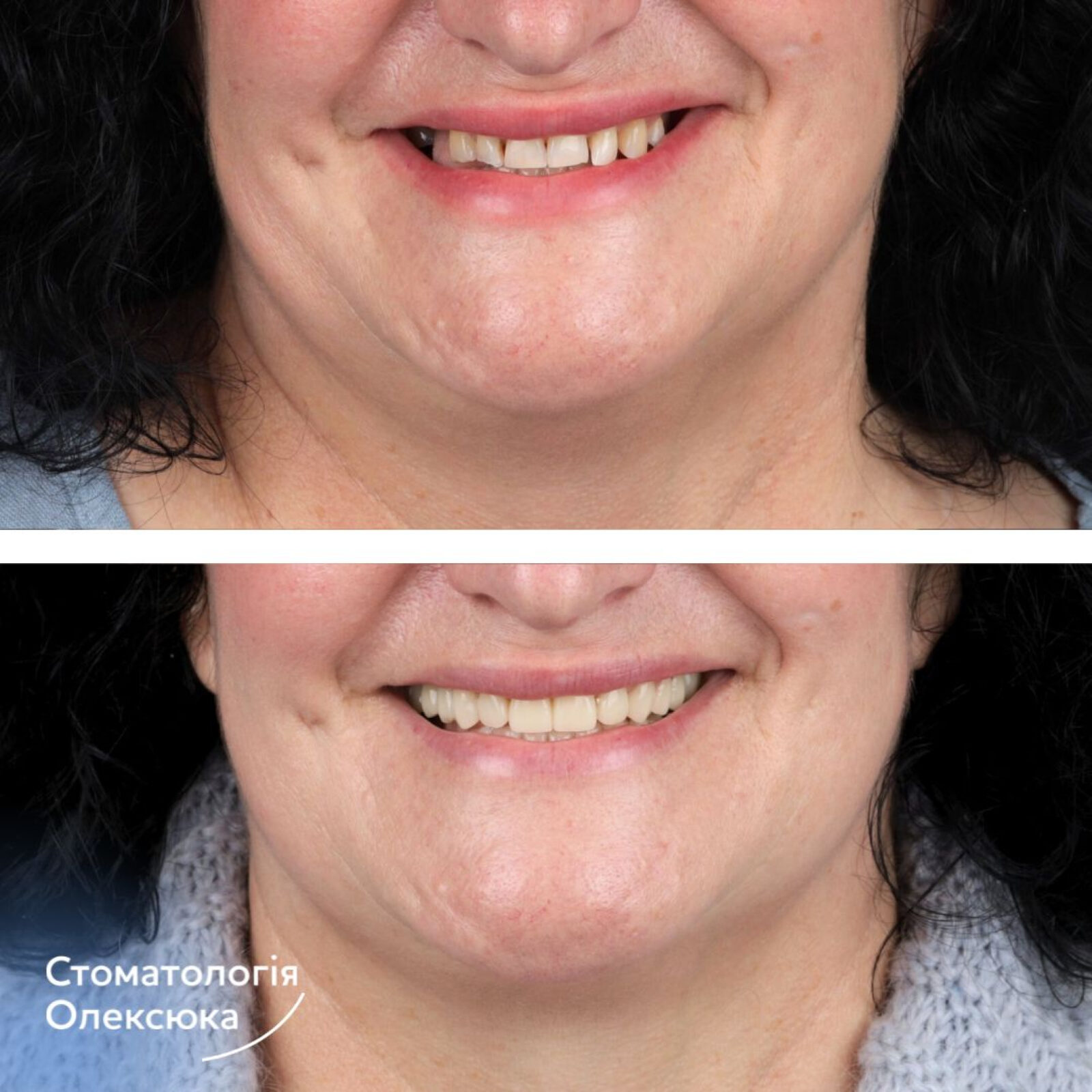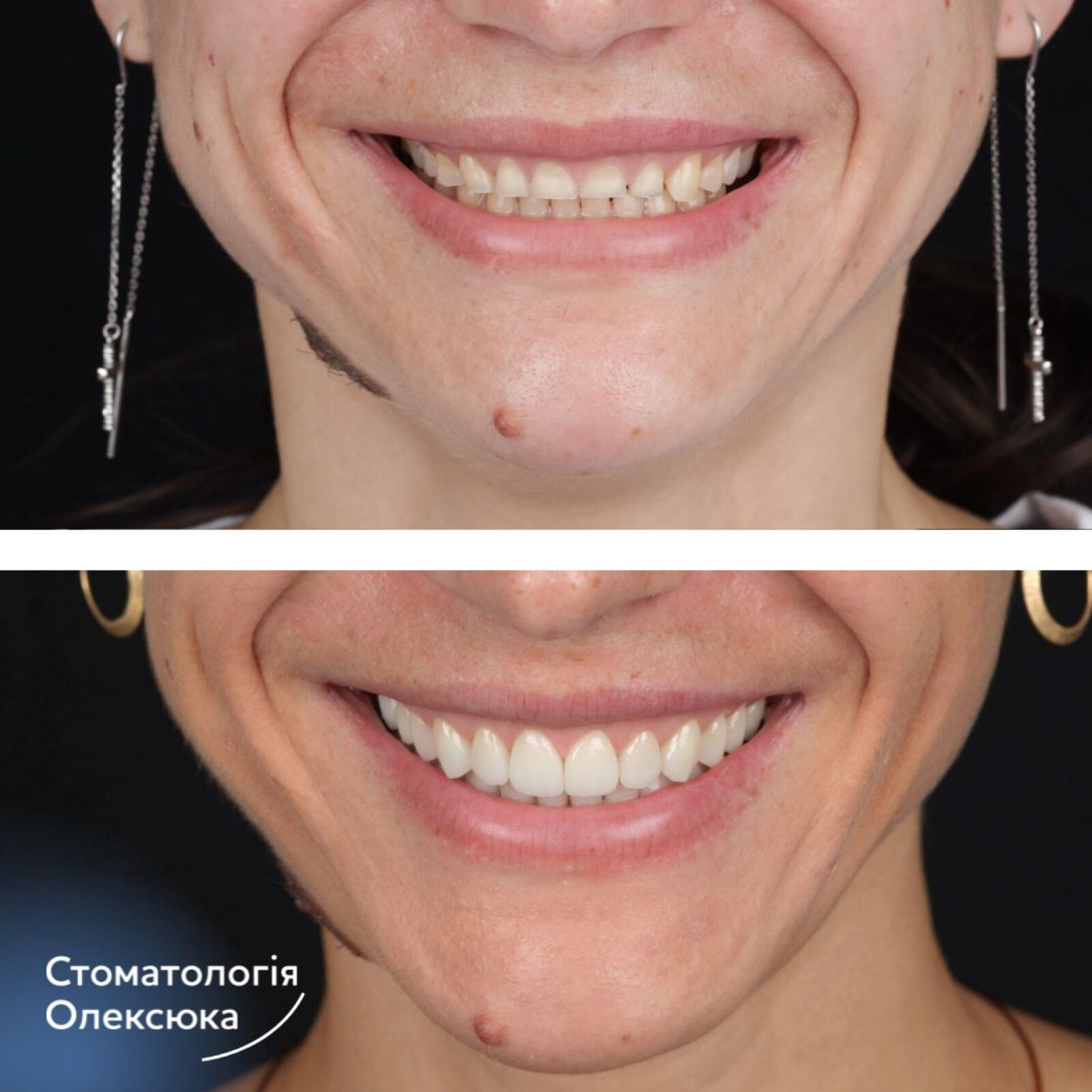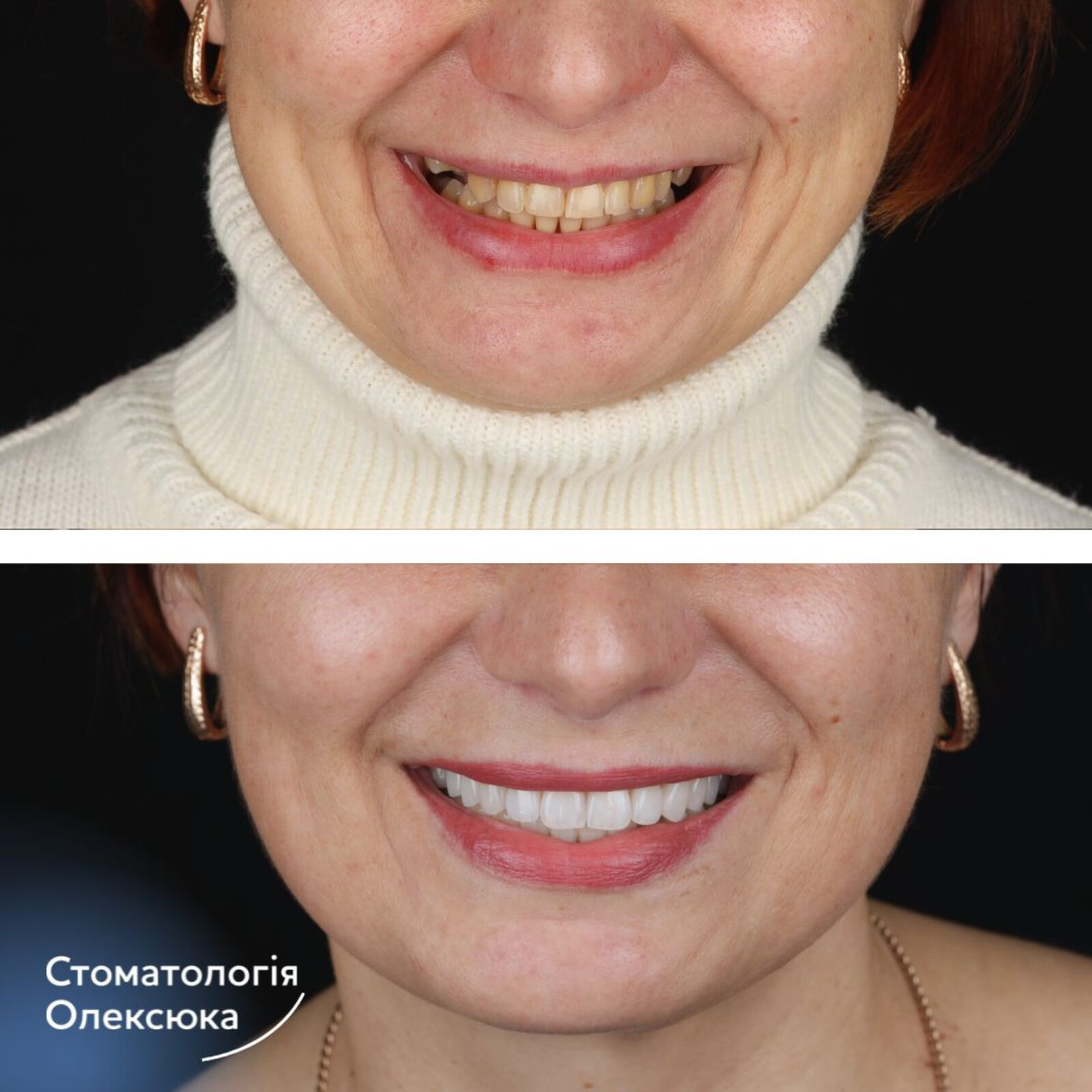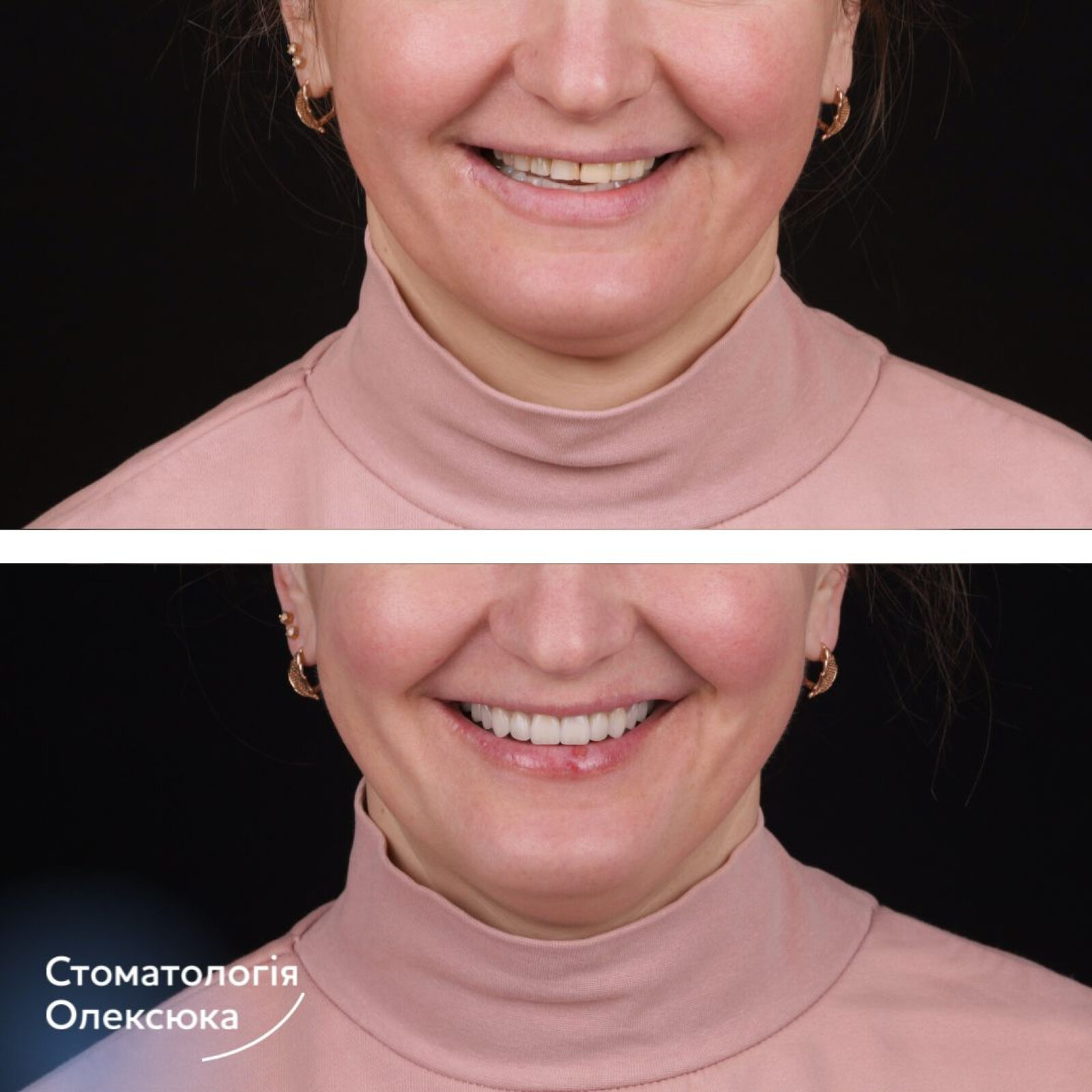Indications for the sinus lift procedure.
Sinus lift is a procedure for building up the bone tissue of the upper jaw. The fact is that there is a maxillary sinus in the upper jaw (so to speak, an air cavity). Due to bone deficiency, the implant may fall into the maxillary sinus and not be firmly fixed.
There may be several reasons why the amount of bone tissue in the patient's upper jaw is insufficient to accommodate a dental implant.
The bone may have been damaged as a result of a previous surgical procedure (e.g., a difficult tooth extraction) or periodontal (gum) defects. A common problem is when the size and shape of the maxillary sinus is relatively large compared to the size of the upper jaw. Because of this, the thickness of the bone tissue is insufficient for implantation.
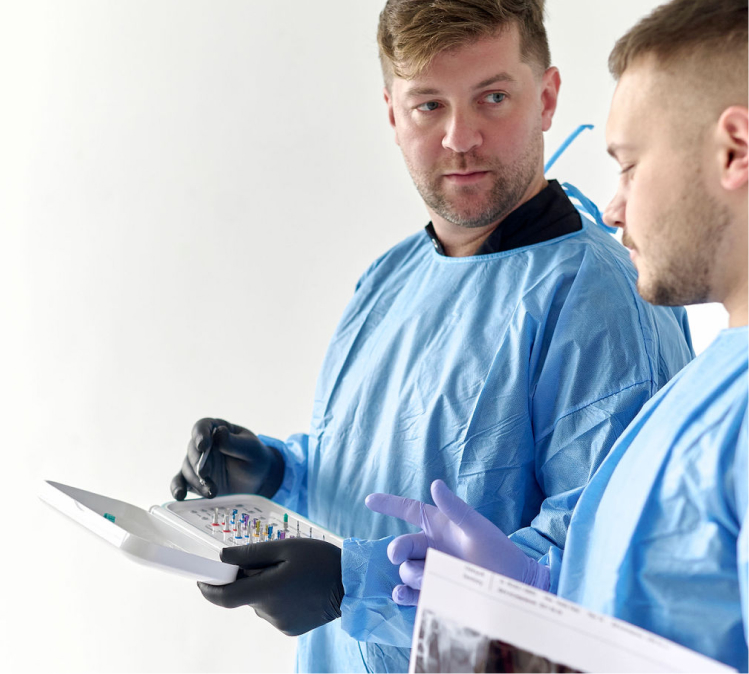
Preparation for the sinus lift procedure.
The bone tissue used in a sinus lift can be taken from your own body (autogenous bone), also allogenic bone or from cow bone (xenograft). If your own bone is used during a sinus lift, it will be taken from other areas of your mouth or body (rarely).
In very extreme cases, the surgeon will remove bone from your thigh or shin (the bone below your knee). You will need an X-ray taken before the sinus lift so that the dentist can study the anatomy of your jaw and sinus. You may also need a special type of computed tomography (CT) scan. This scan will allow the dentist to accurately measure the height and width of your existing bone and assess the condition of your sinus.
If you have seasonal allergies, you should schedule the procedure when they are not active.
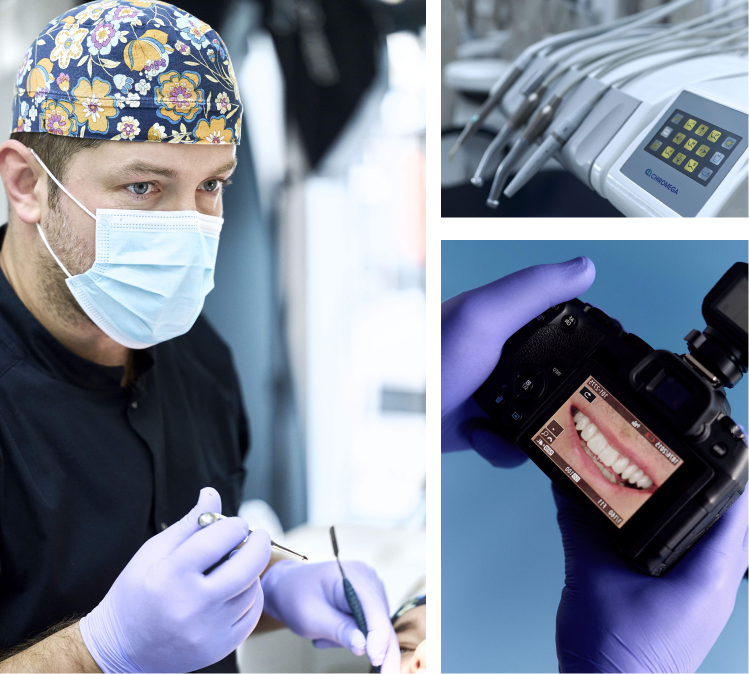
Prices.
- Sine - lifting from 800 dollars
- Bone grafting from 250 dollars
- Implantation (Osstem) from 450 dollars
- Implantation (Strauman) from 650 dollars
Make an appointment!
We will call you back as soon as possible to clarify the details of the appointment. If you have any questions, our manager will answer them
How the sinus lift procedure (maxillary sinus elevation) works.
The specific method used by the dentist may vary. But traditionally, this operation is performed as follows:
- Using an ultrasonic piezosurgical apparatus and a special nozzle, a small hole is made in the place where the implant will be subsequently installed.
- An experienced dental surgeon lifts the bottom of the maxillary sinus, peeling off the mucous membrane.
- Bone chips are placed in the created window. After the space under the mucous membrane is filled, the collagen membrane window can be closed, and then the gum is fixed in place with a few stitches.
In some cases, it is possible that the dentist will place a dental implant at the same time as performing a sinus lift. But in most cases, there is a healing period of six to nine months before the dental implant is screwed in.
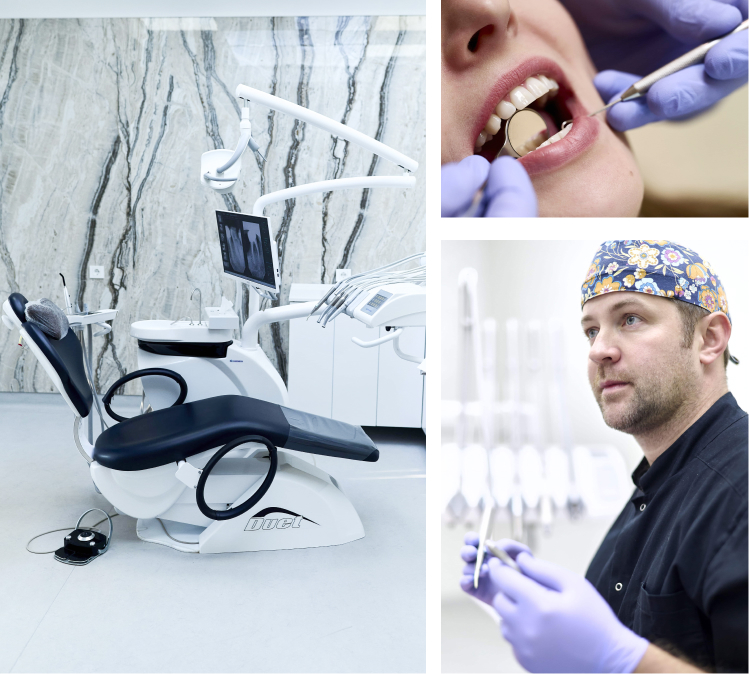
Sinus lift postoperative period - recommendations.
You may experience swelling after this procedure. You may bleed from the mouth or nose. After a sinus lift, you may sneeze a lot and blow your nose frequently. This can cause the bone graft to move and loosen the stitches. Your dentist may give you saline to keep the inside of your nose moist and prescribe medications to prevent congestion and inflammation.
You will also be prescribed anesthetics, an antibiotic, and an antimicrobial mouthwash to prevent infection. Most patients experience only minor discomfort after the sinus lift procedure.
In 7-10 days, you will meet with your dentist again. The doctor will assess the surgical site and remove the stitches if they do not dissolve on their own. You may be asked to return to the clinic several more times to make sure that the postoperative area heals without complications. After a sinus lift, you need to wait a few months for the bone material to harden and fuse with your jaw.
Depending on the grafting material that was used, implants can be screwed in within 4-9 months. In modern dentistry, specialists have begun to use proteins, growth factors, to help new tissue harden faster.
Complications.
The main risk of sinus lifting is that the sinus membrane can be pierced or torn. If it is not possible to restore it, the dental surgeon stops the procedure and gives it time to heal. This usually takes several months. The healed membrane tends to be thicker and stronger, which means that the second attempt at sinus lift will be successful.
However, other factors also affect success. Infections are a risk for any surgical procedure. After a sinus lift, this is rare. In very rare cases, the existing bone does not engraft with the bone graft material, and the grafted area does not develop a blood supply. If this happens, any implants placed in this area will not take root. In this case, the procedure is repeated.
The cost of sinus lift in dentistry Oleksiuk
The price may vary depending on the specific case. In any case, you should not save on your health. Turning to dentistry "Aleksyuk", you can be sure of the quality of the operation. Our clinic is equipped with the latest equipment and dental materials. Our dentists have extensive experience and regularly improve their professional skills.

Our doctors
Make an appointment!
We will call you back as soon as possible to clarify the details of the appointment. If you have any questions, our manager will answer them

